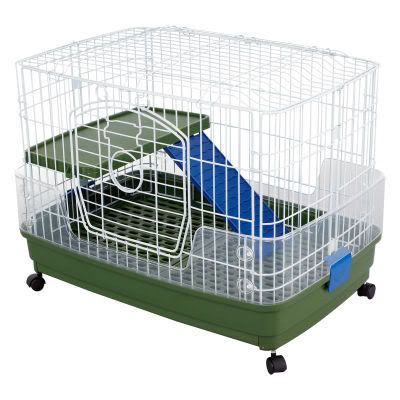Having your exotic pet on a regular check up with a veterinarian is an important part on your exotic pet’s health. There could be important things that you would like to know in order to maintain the quality of health of your exotic pet.
Make sure that you develop good communication with your veterinarian so that it would be easier for you to contact him in case your pet needs a check up or treatment. You may find your exotic pets having problems with their health.
The most common illness for most exotic pets like snakes is anorexia. This is caused by factors like the husbandry where low temperature may cause exotic pets to lose their appetite. Snakes have the tendency to lessen metabolism when it is fall.
Anorexia among snakes is also caused by the low quality of food fed to them. Another reason could be the wrong way you present food to the pet. It is important that you should know the right way on how to serve the right food for your pets to make them eat well.
If anorexia isn't properly treated, this may lead to other diseases for your exotic pet. It is important that you should have knowledge on how to give your pet good health. Here are some tips in order to keep your exotic pet healthy.
- Make sure that you bring your snake to your community veterinarian if symptoms of lost appetite is seen.
- Observe the snake whether there are changes in his eating habits and if it can eat the same amount of food that you usually give.
- Make sure that you supply heat in its cage by setting up a heating system that will provide the needed temperature for its body metabolism. Low temperature is the common reason why snakes lose their appetite. Their body metabolism tends to fall.
- You should know the proper manner of serving food to your exotic pet. You should also pay attention to the quality of food that you serve.
- Make sure that your husbandry is properly maintained and you have to keep it clean.
Exotic pets like snakes should be examined if there is no progress in its appetite. Your veterinarian may reevaluate his findings and make new clinical diagnosis to check if there are parasites affecting the health of your exotic pet. If necessary, x-rays and ultrasounds may be conducted to determine the real health problem of your exotic pet.
 When owning an exotic pet, the first thing you should consider is the cage. You should find the right materials when making a cage for your exotic pet. You may also find ready-made cages that have installed housing systems.
When owning an exotic pet, the first thing you should consider is the cage. You should find the right materials when making a cage for your exotic pet. You may also find ready-made cages that have installed housing systems.